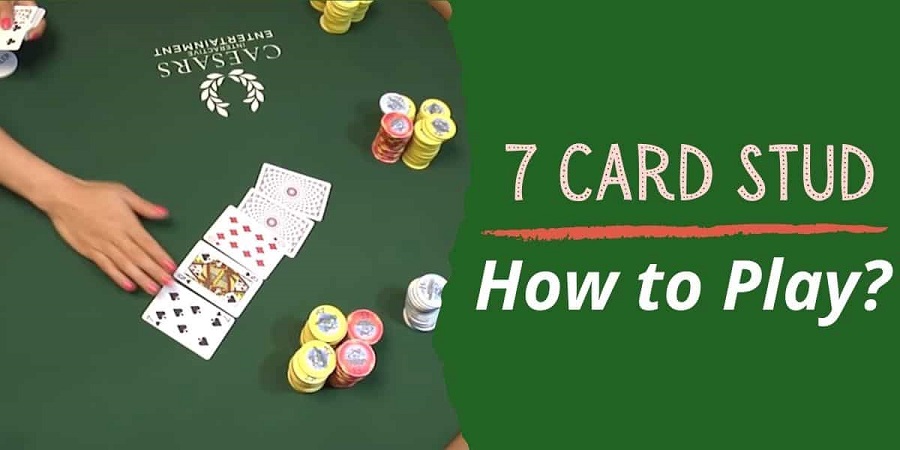
Mastering the Game: A Comprehensive Guide to Seven-Card Stud Rules
Seven-card stud, once a staple in home games and casinos alike, remains a classic poker variant that combines skill, memory, and strategy. While the rise of Texas Hold’em has overshadowed its popularity, understanding the nuances of Seven-card stud can provide a rich and rewarding gaming experience. Let’s dive into its rules and strategies.
Foundations of Seven-Card Stud
In this game, each player is dealt seven cards throughout the course of the hand, but only the best five-card hand possible for each player is used to determine the winner. Unlike Texas Hold’em and Omaha, Seven-card stud does not employ community cards.
Typically played with 2 to 8 players, antes are often used in this game, ensuring there’s a pot to fight for in every hand. As the game progresses, players must remember the exposed cards of their opponents, making it a memory-intensive game.
Starting with two hidden cards and one exposed, each player then receives further cards, some face-up and one last card face-down. Betting rounds occur in between, making for a thrilling game dynamic.
Hand Rankings and Betting Structure
Understanding hand rankings is fundamental. From highest to lowest, the rankings are: Royal Flush, Straight Flush, Four of a Kind, Full House, Flush, Straight, Three of a Kind, Two Pair, One Pair, and High Card.
In terms of betting structures, Seven-card stud can be played in Limit, Pot Limit, or No Limit formats. Limit games have structured bet sizes, while Pot Limit allows up to the pot’s size, and No Limit permits any bet up to a player’s total chips.

Playing a Hand: Step by Step
The game starts with each player paying an ante. Three cards are then dealt to each player—two face-down and one face-up. The player with the lowest face-up card starts the betting. Subsequent rounds see additional cards being dealt face up, with betting rounds in between, until the seventh card is dealt face down.
Once the final round of betting concludes, if more than one player remains, a showdown determines the winner. The best five-card hand takes the pot. Remember, strategy isn’t just about your cards but also about keenly observing others’ exposed cards and betting patterns.
Lastly, it’s essential to be aware of the “door card” – the first exposed card. A high door card often indicates strength, while a low door card might hint at a draw or a weaker hand. This piece of information can be instrumental in dictating your strategy throughout the hand.
Variations and House Rules
As with many poker games, various house rules can alter the game dynamics. Some popular variations include Razz and Seven-card stud Hi/Lo. While the former focuses on the worst hand winning, the latter divides the pot between the best high hand and the best low hand.
It’s crucial to clarify any house rules or game variations before diving into a game. This ensures everyone is on the same page, preventing misunderstandings and conflicts later.




